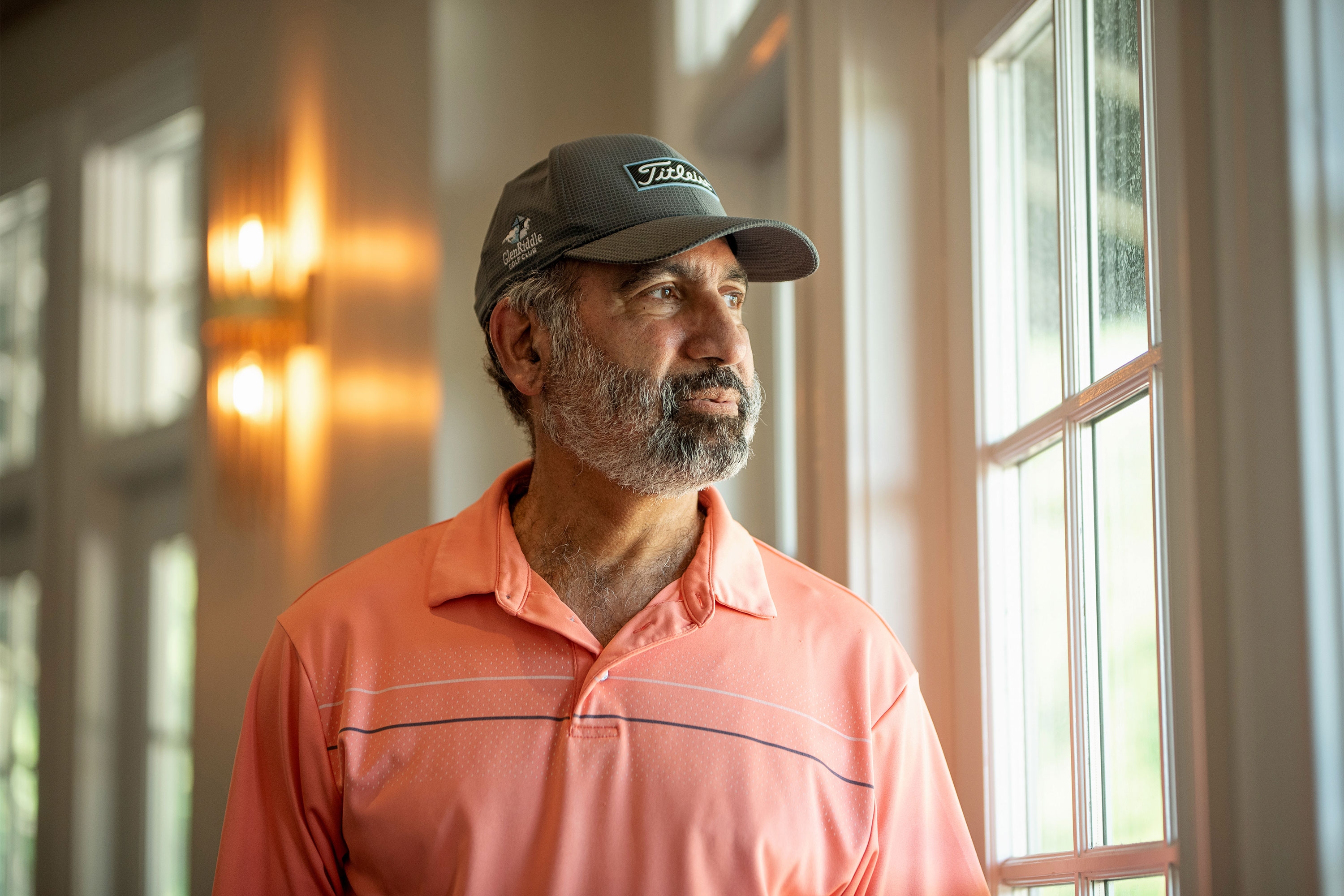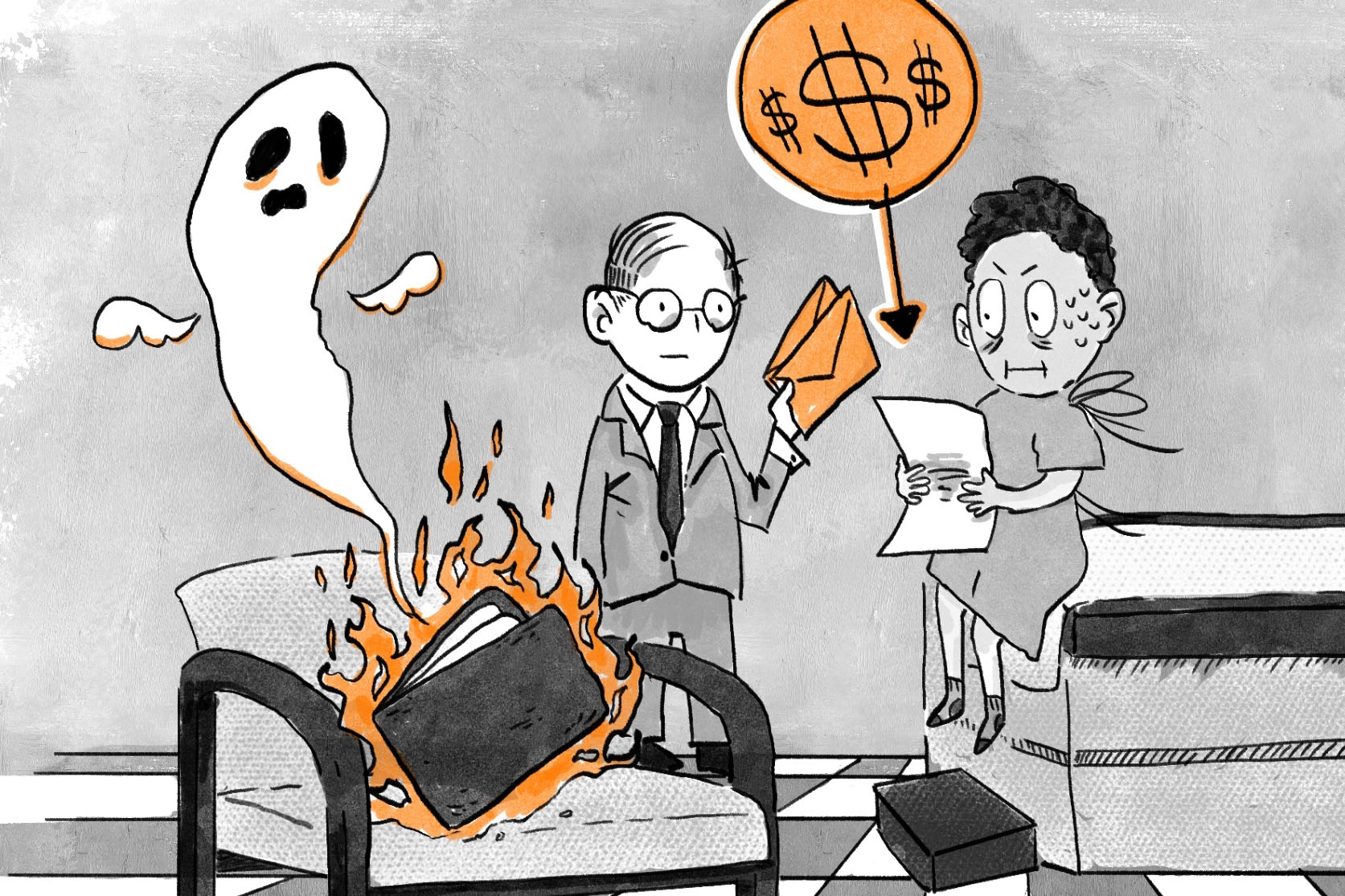Likely cause of ALS discovered, as scientists reveal breakthrough could lead to new treatments

Published: | Updated:
Scientists have discovered new genes behind Lou Gehrig's disease, bringing them one step closer to understanding the cause of the condition and several other devastating motor neuron diseases.
Lou Gehrig's disease, also known as amyotrophic lateral sclerosis (ALS), affects about 30,000 people in the US, and leads sufferers to gradually lose the ability to control their muscles, walk, talk, swallow and, eventually, breathe.
What causes the condition, which often emerges spontaneously and with no family history, has previously been unknown, but researchers have suggested it may be due to mutated genes or a complex interaction between genes and the environment.
But now, scientists at St Jude's Children's Research Hospital in Tennessee, have analyzed the genetics of 600 patients with four motor neuron conditions, including ALS, and believe they have found an underlying genetic cause.
Overall, they found 423 ultrarare genetic variants that overlap between many ALS patients and those suffering from another motor neuron disease called hereditary spastic paraplegia, or HSP, an inherited genetic condition suffered by 10,000 to 20,000 people in the US that also causes muscle weakness.
Dr Gang Wu, a statistician who led the study, said that rare genes in patients with motor neuron conditions are often overlooked by researchers.
He added, however: 'But by analyzing a large dataset with multiple related motor neuron disorders, we found that genes associated with HSP could also increase the risk for sporadic ALS.'
The study could pave the way for scientists to better understand the causes of ALS, who is at risk for the disease and potentially lead to the development of new treatments.
Famed physicist Stephen Hawking was diagnosed with amyotrophic lateral sclerosis (ALS) (shown above in 2016)
Study co-author Dr J. Paul Taylor, the vice president of St Jude's, added: 'Extensive progress has been made over the past decade to decode the genetic landscape of motor neuron diseases such as ALS and HSP.
'This study furthers that cause by showing the overlapping contributions of... distinct genes, offering a clear path forward to more accurate diagnosis and care.'
ALS tends to be diagnosed between the ages of 55 and 75 years, with symptoms becoming progressively worse.
There is no cure for the disease, but doctors try to treat patients by prescribing drugs to reduce pain and slow its progression.
Patients live for an average of two to five years after their diagnosis.
Both ALS and HSP occur because motor neurons, which control voluntary movement, begin to break down and die, causing muscle weakness that leaves patients struggling with day-to-day tasks like walking, cooking and cleaning.
But the two conditions progress differently. In ALS, the muscle weakness may begin in the arms, legs, head or neck, whereas in HSP, the weakness begins in the legs.
Previous studies have suggested that separate genetic variants trigger the conditions. In patients suffering from HSP, nearly all cases are linked to variants passed down from parent to child, whereas in ALS, only about 10 percent of cases are.
Eric Dane, an actor, has also said that he has been diagnosed with ALS. He is pictured above at Toronto International Airport this month. The actor is best known for his heartthrob role as Dr Mark Sloan, also known as McSteamy, on Grey's Anatomy
In their new study, published in Translational Neurodegeneration, researchers analyzed genetic data from patients with ALS, HSP and two other motor neuron diseases, progressive muscular atrophy (PMA) and primary lateral sclerosis (PLS).
PMA is a condition where nerve cells in the spinal cord slowly degenerate, leading to problems with movement and muscle wasting, while PLS is a condition where nerve cells in the brain that control movement start to deteriorate, causing similar symptoms.
About 10,000 to 25,000 children and adults in the US have PMA, according to the American Brain Foundation, while 300 to 500 people in the country have PLS, according to the Spastic Paraplegia Foundation.
In the study, a total of 472 patients had ALS and 162 patients had HSP, equivalent to 90 percent of all participants.
Another 20 patients included in the study had PMA and 47 had PLS.
Overall, scientists found there were 423 overlapping genetic variants in 222 patients suffering from ALS and 134 patients suffering from HSP.
Among these, 100 genetic variants in 124 patients were suggested to be pathogenic, meaning they could potentially be the cause of the disease.
Overall, the researchers said they found 'significant overlap' in ultrarare genetic variants between patients with ALS and HSP.
Shown above is a neuron, with these cells being affected by motor neuron disease (stock image)
The researchers split patients into two groups; familial, or those who had a family history of their condition, and non-familial, or those who did not have a family history of their condition.
They said in patients with non-familial ALS, many shared similar genes to those diagnosed with HSP.
Dr Michael Benatar, a neurologist at the University of Miami who was also involved in the research, said: 'One of the foundational principles underlying [our research]... was the idea that we should study multiple disorders, with the expectation that we could leverage knowledge from one, to understand another.
'The work published today underscores the value of this approach.'
Daily Mail






